Language
WORLDWIDE SHIPPING
Professional low-temperature oven
€2,218.00
€1,818.03
Availability:
In stock
Designed for slow cooking or regenerating food through a precise control process.
With separately adjustable temperature probe.
Retractable side handles.
Easy-to-clean seal.
The cooking chamber is heated through the 4 walls to evenly distribute the radiation.
Efficient thanks to additional insulation.
Seamless chamber with rounded corners, easy to clean.
Temperature adjustable in 1 degree increments - oven chamber up to 120°C, core and holding temperature up to 100°C.
Hinges on the left or right, easy to convert.
Digital setting such as time readout, set temperature, and core temperature/current chamber.
Stainless steel tray and tray holder, suitable for GN 1/1 containers, grids and trays and 600x400 mm baking trays, on 3 levels.
Product size: 495x690x(H)413mm
Voltage: 230
Power (input) (W): 1200
Materials: Stainless steel
Temperature range at (°C): 1 - 120
Shipping time: 5-7 days
FAQs

 IT
IT FR
FR
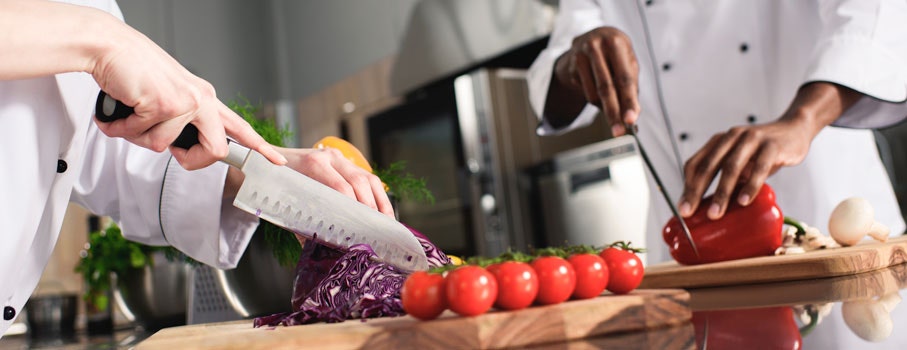
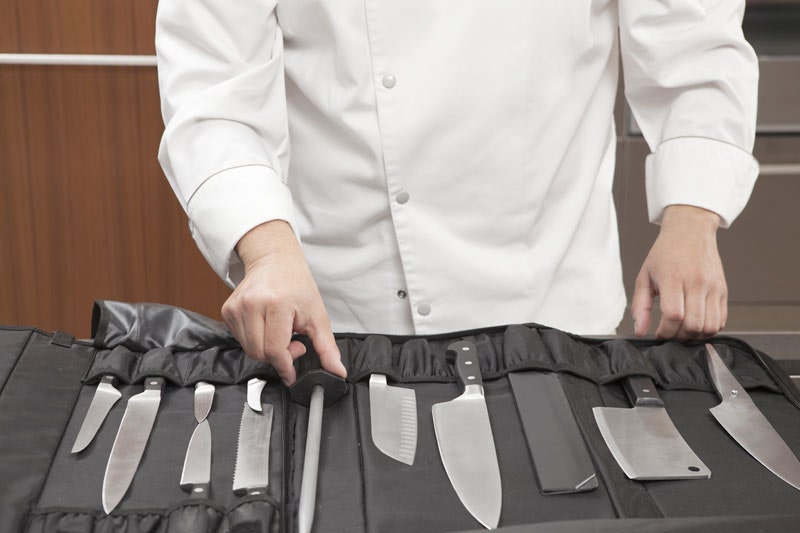
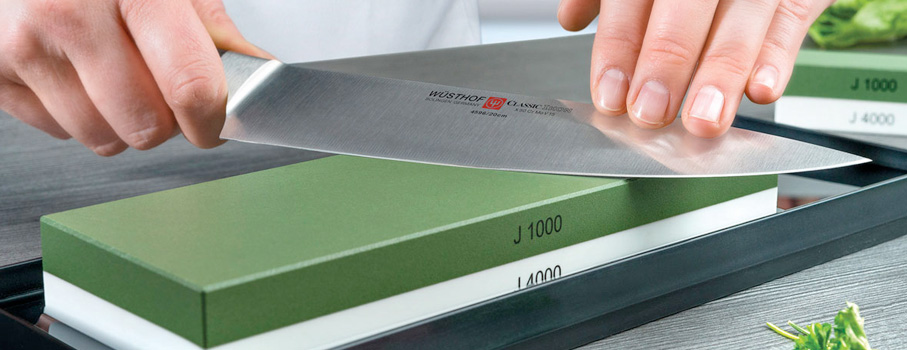
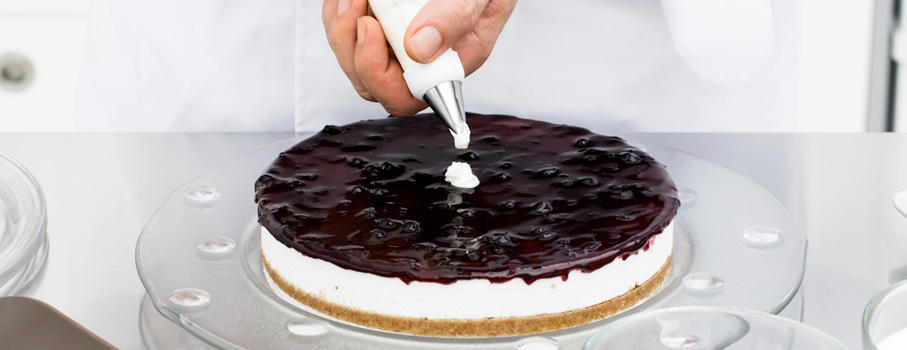

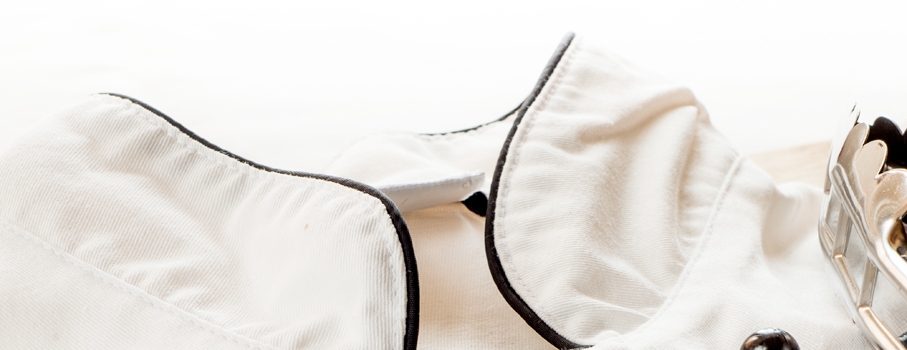
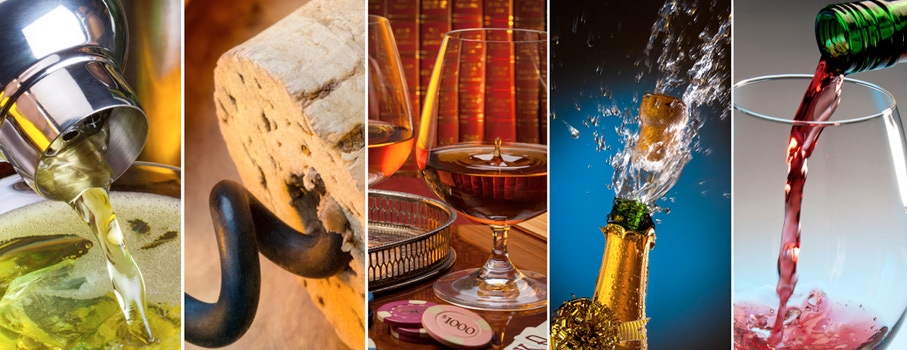
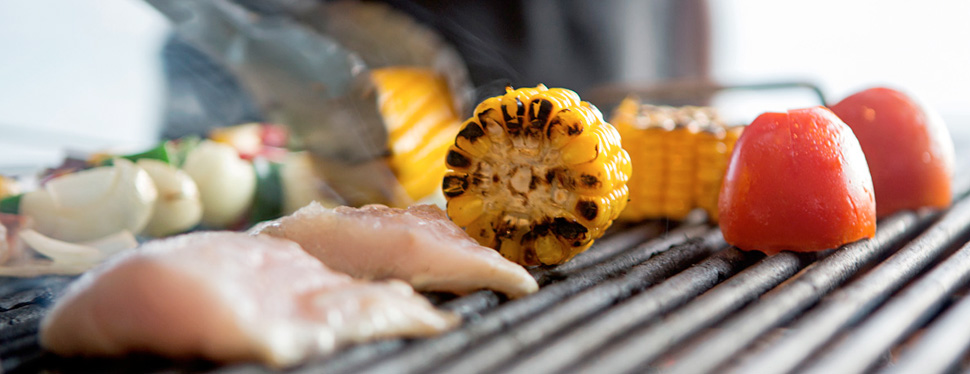

 IT
IT FR
FR
